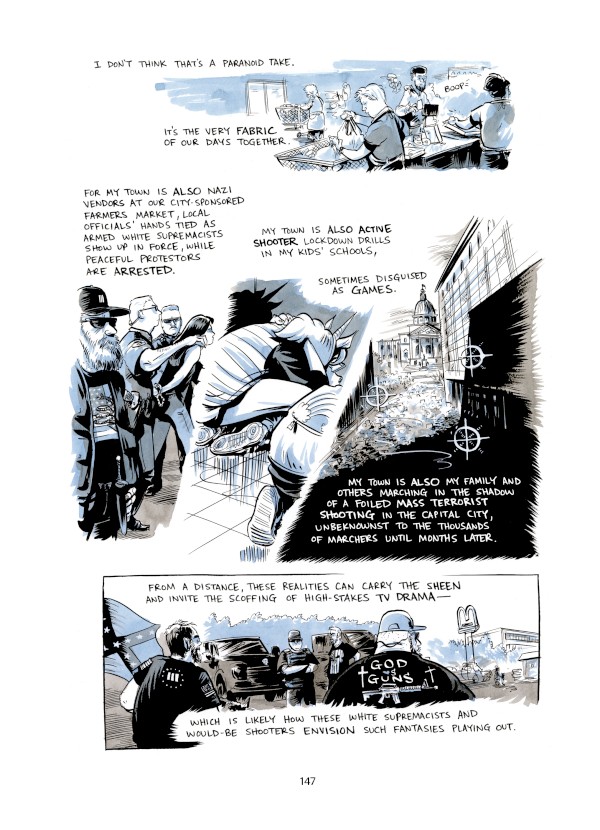
As a result, the trio of characters whose imploding lives he observes - buzzy socialite Daisy Fay, mysterious nouveau riche Jay Gatsby, and Daisy's grumpy husband, Tom Buchanan - come jumping off the page. Her wash of jewel-toned watercolors and fanciful framing (letters loop and curl around characters) highlight the gaudily fleeting beauty of the book's jazz- and Champagne-fueled bashes and its melancholic undertone.Īs with the movie adaptations, visualizing Fitzgerald's text means shrinking the perspective of Nick Carraway, the narrator from the Midwest's "ragged edge of the universe" whose passive subjectivity colors the novel. Instead, she focuses more on emotive subtext. Woodman-Maynard's graphic adaptation avoids scene-by-scene re-creation.

Scott Fitzgerald's 1925 novel about a fatal love triangle and an elusive millionaire has an atmosphere of evanescent romanticism that remains hard to shake, particularly in such fragile-feeling times as today. "The Great Gatsby" has been subjected to more high school-level analysis than its short plot and booming symbolism probably warrant. Scott Fitzgerald, adapted and illustrated by K. But Kelley's humanistic approach includes both the terror of the captives (including excerpts from a memoir by captive Abigail Gardner) and the boxed-in trauma of the Dakota (their leader Inkpaduta having a face "scarred by white man's smallpox" and a soul "scarred by the murder of extended family" by a white horse trader).Ī deeply impressive debut from Kelley, whose eerie, epic black-and-white artistry is well-matched with empathy. The ensuing chase through the snow into Minnesota could easily have been depicted in racially dubious dime-novel fashion. In March 1857, a band of the Wapekute Dakota attacked the settlers' cabins, killing several and taking four women and girls captive.

But following a brutal winter, the land's residents made their presence known. Kelley renders the verdant landscape in idyllic, lyric tones that reflect how the settlers saw the "forest primeval" as unpopulated. They and eventually other white settlers found a seemingly perfect spot around the lakes of northwest Iowa. In 1856, a pair of families had trekked West from New York looking for new land.

In this astounding graphic historical novel about the 1857 Spirit Lake Massacre from veteran illustrator Gary Kelley, that reality is brought hauntingly to life. This obscures what it meant to those wrapped up in its muddled battle lines and sudden, inexplicable cruelties. The history of the Indian Wars is often told from a high-altitude perspective of skirmishes, treaties, victories and defeats.

"Moon of the Snowblind," written and illustrated by Gary Kelley.


 0 kommentar(er)
0 kommentar(er)
